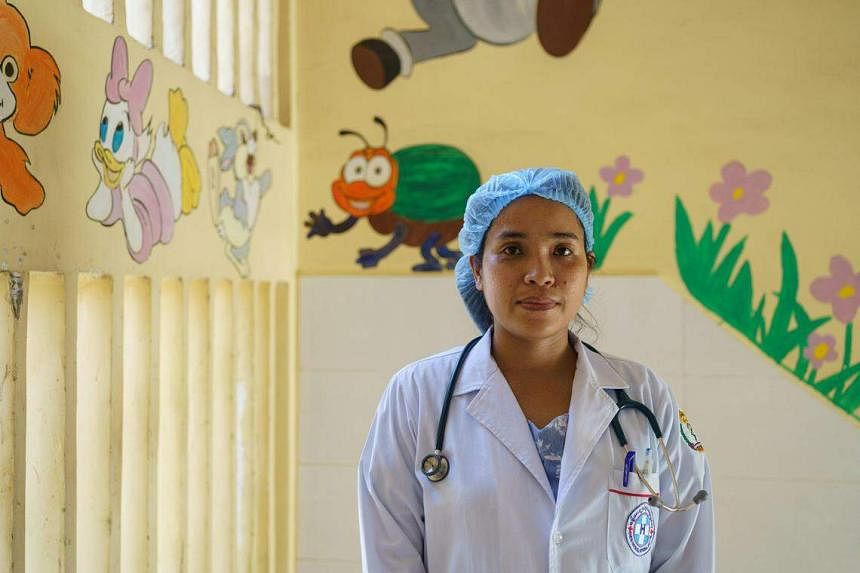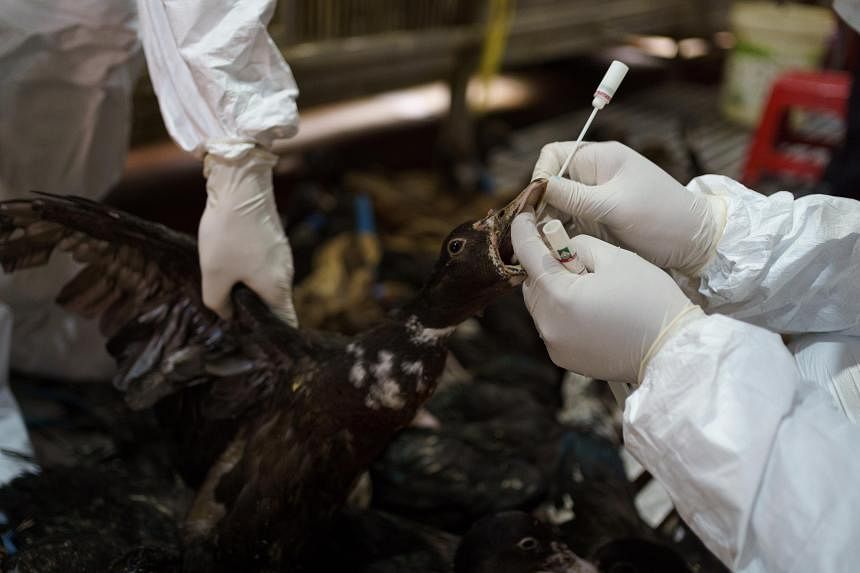‘Disease detectives’ in high-stakes race to contain H5N1
KRATIE, Cambodia (ANN/STRAITS TIMES) – As Dr Sreyleak Luch drove to work on the morning of February 8, through busy sun-baked streets in Cambodia’s Mekong River Delta, she played the overnight voice messages from her team. The condition of a nine-year-old boy she had been caring for had deteriorated sharply, and he had been intubated, one doctor reported. What, she wondered, could make the child so sick, so fast?
“And then I just thought: H5N1,” she recalled. “It could be bird flu.”
When she arrived at the airy yellow children’s ward at the provincial hospital in Kratie, she immediately asked the child’s father if the family had been in contact with any sick or dead poultry. He admitted that their rooster had been found dead a few days before and that the family had eaten it.
Dr Luch told her colleagues her theory. Their responses ranged from dubious to incredulous: A human case of bird flu had never been reported in their part of eastern Cambodia.
They warned her that if she set off the bird flu warning system, senior government officials might get involved. She risked looking foolish, or worse.
Anxious but increasingly certain, Dr Luch phoned the local public health department, just across the street. Within minutes, a team arrived to collect a sample from the child, Virun Roeurn, for testing in a lab.
By then, Virun’s distraught parents had lost faith in the hospital. They demanded that he be taken by ambulance to the capital, Phnom Penh. His flu swab sample traveled with him.
Virun died during the journey. At 8pm, Cambodia’s National Public Health Laboratory confirmed Dr Luch’s suspicion: Virun had died of highly pathogenic bird flu.
Dr Luch berated herself for not having thought to test the boy a day earlier, when she might have saved him if she had treated him for influenza.
But the alarm she raised and the urgent activity that followed was a testament to the strength of Cambodia’s disease tracking system and to its importance to the global biosurveillance system.
It is the fruit of years of international and local investment, training, and public education. It shows how front-line work in low-income countries is increasingly vital to a global system to detect zoonotic diseases – viruses that jump between animals and humans, the way COVID-19 did.
The goal is to identify and contain them, buying time to produce enough vaccines or drugs to treat them, or to embark on a frantic mission to develop something new.

A growing threat
H5N1, one of many influenza viruses in birds, emerged in Hong Kong in 1996. It has caused outbreaks in wild and farmed birds and has occasionally jumped to humans.
In 2020, a new, especially deadly strain spread along migratory routes to Africa, Asia, and Europe, reaching North and South America by 2022. Scientists were alarmed when Cambodia reported two human cases of H5N1 in February 2023. Genetic analysis confirmed it was the familiar subtype, not the new version from the Americas.
In Phnom Penh, virologists at the Institut Pasteur confirmed the diagnosis and uploaded genomic sequencing to databases accessible worldwide. Contact tracing located another case, Virun’s older brother, Virak, 16, who tested negative after spending four days in isolation.
This confirmed that Virun’s death was not the start of human-to-human transmission.

‘Text me’
The effectiveness of Cambodia’s surveillance system owes much to Dr Ly Sovann, who runs the Cambodian Centre for Disease Control. He’s known for his tireless efforts, always reachable via two phones and four SIM cards. Hospitals now send samples to the national lab, part of efforts to monitor febrile and severe respiratory illnesses. Recent bird flu cases in US dairy cows have prompted Cambodia to expand animal testing.
While WHO recommends culling birds within a 1km radius of infected sites, Cambodia limits culling to households and immediate neighbours. Dr Makara Hak of the UN’s Food and Agriculture Organisation stresses the need to consider both economic and human life impacts.







